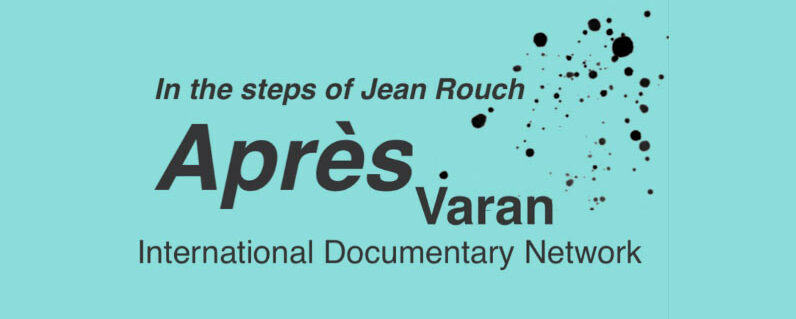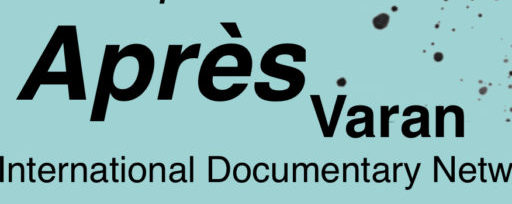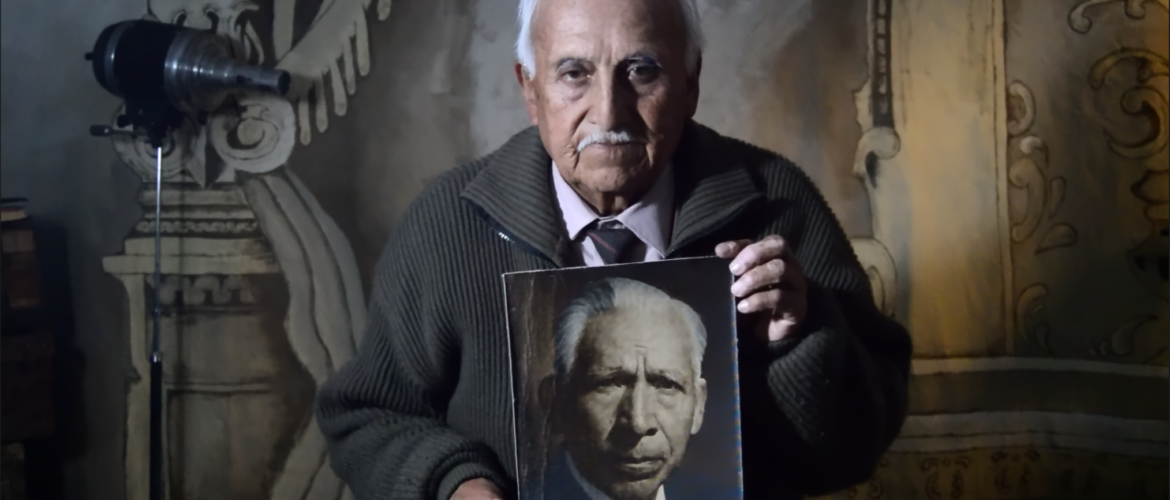Archive Cordero, de Gabriela Zamorano Villarreal, 2021, Mexico,
Sunday 16th of January at 17h Paris time , 10 Am Mexico time with with Gabriela Zamorano and « Archive Cordero » and Research group on archive and documentary
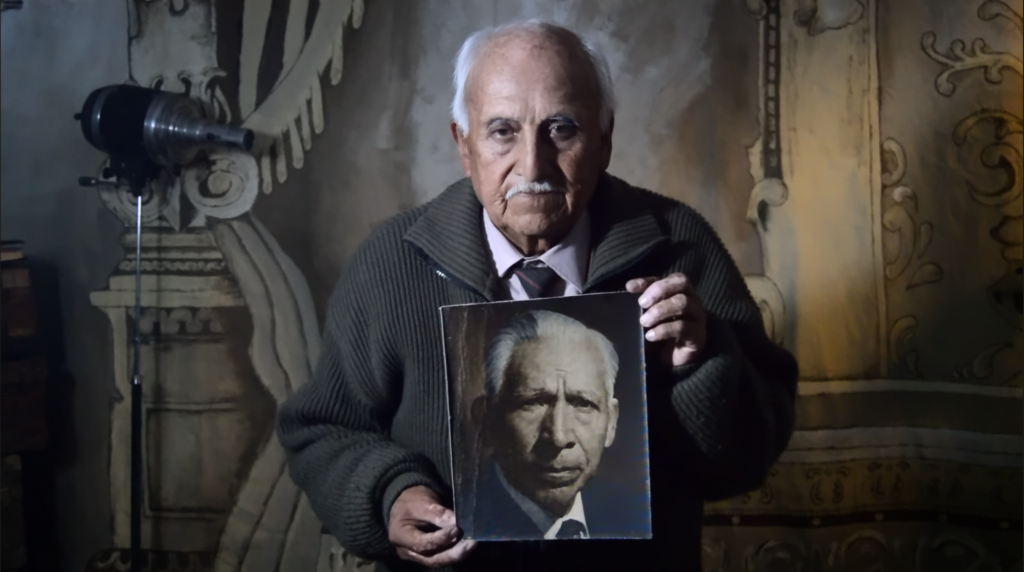
Gabriela Zamorano Villarreal is a professor-researcher at the Centro de Estudios Antropológicos in El Colegio de Michoacán. After having received her Ph.D from the Anthropology Department of the City University of New York in 2008, she conducted postdoctoral research on racial photography in Bolivia at the Musée du Quai Branly in Paris in 2009. She is the author of « Indigenous Media and Political Imaginaries in Contemporary Bolivia » (Nebraska, 2017), and co-author of “De Frente al Perfil. Retratos Raciales de Frederick Starr” (Colmich 2012) among various articles and book chapters in publications in Latin America, the United States, and Europe. Her research has been funded by the National Science Foundation and the National Council for Science and Technology in Mexico. Her current research includes work on popular photographic and audiovisual archives in Michoacán, Mexico. She directed the documentary film « Archivo Cordero » on one of the most important the photographic collections of Bolivia. Her academic work includes photo and film curatorial and production activities.
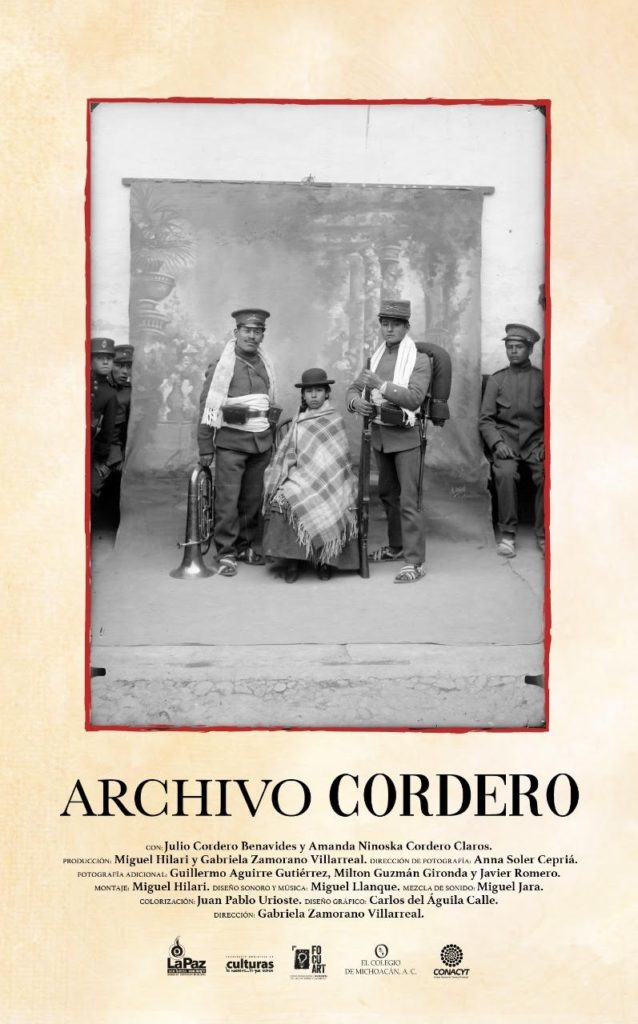


Es profesora-investigadora en el Centro de Estudios Antropológicos de El Colegio de Michoacán e integrante del Sistema Nacional de Investigadores-Conacyt en México. Recibió su doctorado en Antropología por The City University of New York. Su actual proyecto de investigación compara la producción y circulación de imágenes fotográficas y audiovisuales relativas a los pueblos indígenas en dos contextos nacionales e históricos distintos en México y Bolivia. Ha obtenido becas de Conacyt, The National Science Foundation y el Museo de quai Branly, entre otras. Entre sus publicaciones se encuentra el libro “Indigenous Media and Political Imaginaries in Contemporary Bolivia » (University of Nebraska Press, 2017), el libro “De Frente al Perfil. Retratos Raciales de Frederick Starr” coeditado con Deborah Poole (Colmich 2012); el dossier Antropología Visual en Latinoamérica en la revista Íconos de FLACSO-Ecuador (2012) coeditado con Xavier Andrade; y los artículos “Traitorous physiognomy: Photographic types of Bolivian Indians by the Créqui-Montfort Expedition” (1903) en la Journal of Latin American and Caribbean Anthropology(2011), e “‘Intervenir en la realidad’: usos políticos de videos de ficción y comunicación indígena en Bolivia” en la Revista Colombiana de Antropología (2009). Dirigió el documental « Archivo Cordero » sobre el archivo fotográfico de Julio Cordero, uno de los acervos fotográficos más relevantes de Bolivia. Su trabajo académico incluye actividades curatoriales de fotografía y cine, y proyectos de fotografía y video.
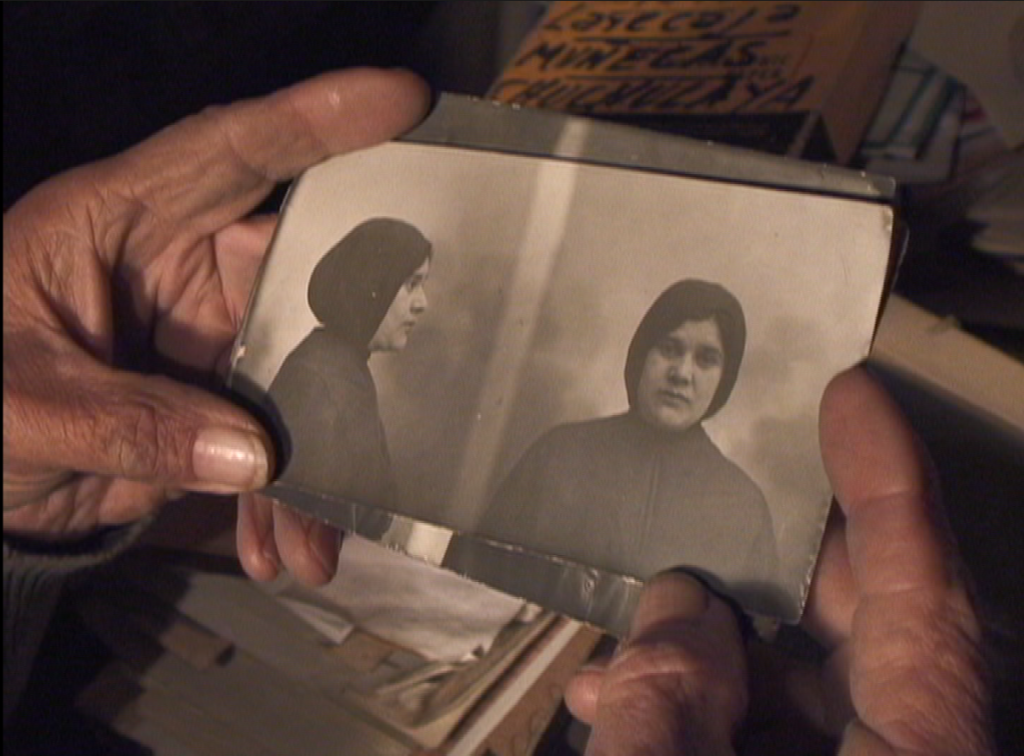

We had an exchange on zoom and Gabriela Zamorano Villarreal tried to answer to these questions about her film Archive Cordeo in Spanish and in English.
1.The process of making the film and building the structure of it — ethnographic encounter
2. -The triangle relation you archive and photographer
3. -The relation between your expertise on archive and theroire and on the practice as a filmmaker
ethnographic encounter
4. The photographer and his archive , how did you try to bring the emotions? How the camera capt the relation of The photographer and his archive
5. How did you bring the photos as the personage into your films ?
6. How archives become an infrastructural element of a national development
7. How collective memory is actualized in the materiality of the built environment
8. How places connect different experiences of time and belonging across generations.
9-What does the process of filming the film itself brought to the personnage of the film?

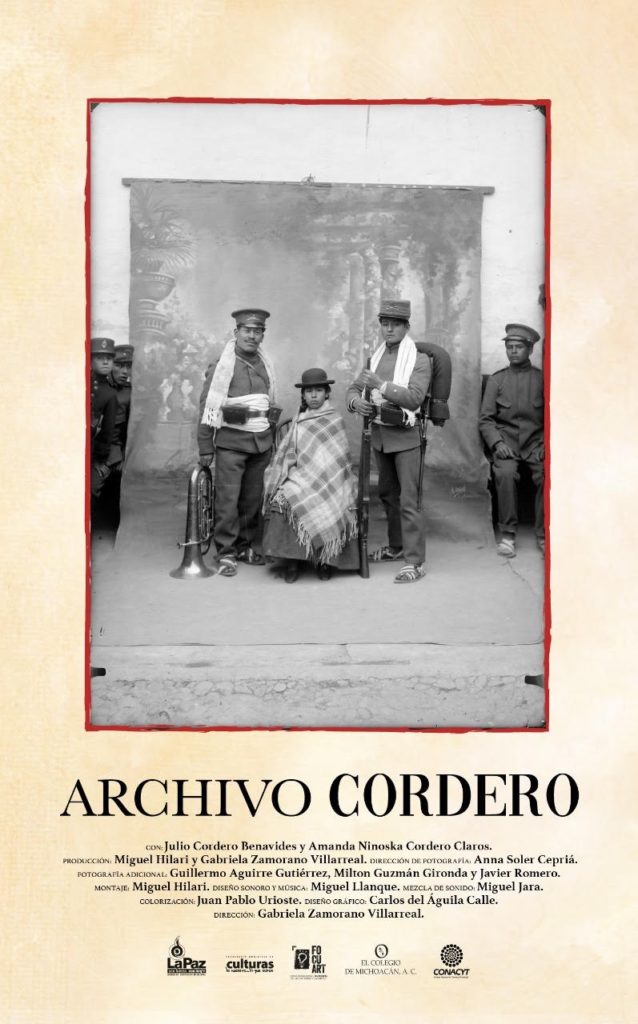
Presentation of Archive Cordero :
An exploration of the social, affective and historical dimensions of photographic archives through the « excavation » work that 80 year-old Julio Cordero undertakes with his family’s collection, which constitutes one of the most significant visual documents of Bolivia’s twentieth century.
To watch the conversation on the film between Gabriela Zamorano, Alex Vailati and Renato Athias organized by the Laboratório de Antropologia Visual, da Universidade Federal de Pernambuco in September 2021 please go to: https://youtube.com/watch?v=XwuUpz6-5OM%3Ffeature%3Doembed
